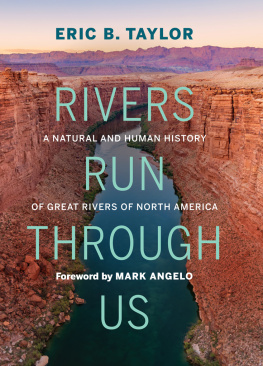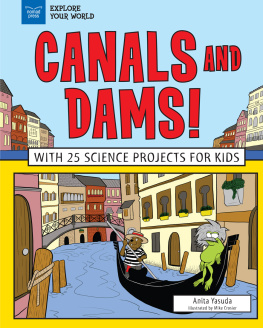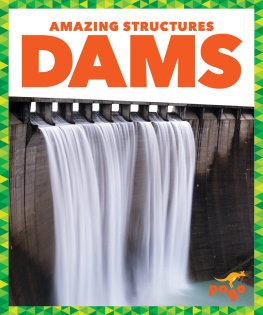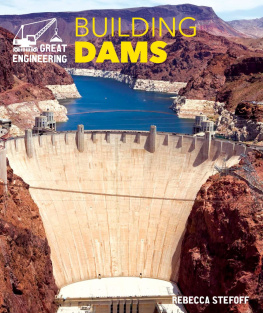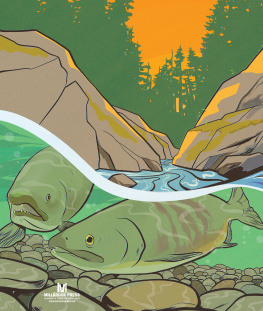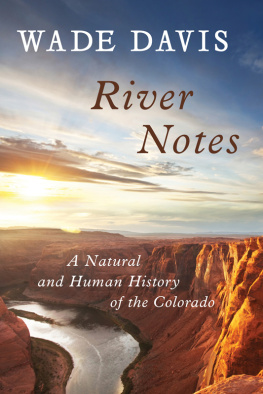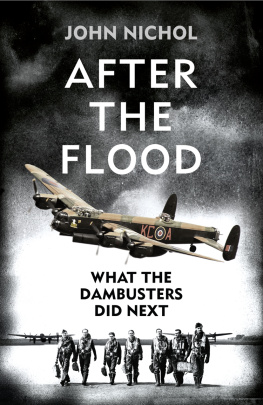This book is an original publication of Hole Shot Press. www.holeshotpress.com
Note: This book is a work of fiction. Although many of the places referenced in the book are real, some characteristics have been changed to fit the story. Some real historical characters and events have been mentioned to enhance the story. However, the characters and events in this book are products of the author's imagination or are used fictitiously. Any resemblance to actual persons, living or dead, is entirely coincidental.
All rights reserved. No part of this book may be used or reproduced without written permission, except in the case of brief quotations embodied in reviews.
To Kelly, Kevin, Jennifer and Allison
DAY ONE
Monday, June 21
CHAPTER 1
12:00 noon - Porcupine Canyon, Colorado
Grant Stevens braced for the explosion. He felt tightness in his stomach and up the back of his neck. He glanced sideways at his friend Bruce Godfrey and saw wild eyes and a tense smile. Bruce stared unflinchingly at the bombsite across the canyon. Neither of them would have missed this for the world. Grant looked back just in time.
The bombs detonated. Grant's entire torso flinched. Porcupine Dam exploded as particles jettisoned in soaring arcs above the structure. The concrete face of the dam came to life, bursting outward. A dust cloud expanded from the rubble, obscuring the entire structure of Porcupine Dam. Smaller clouds mushroomed out of the large one, in what seemed like a series of secondary explosions. Some of the rocks and pieces of concrete were propelled high in the sky, with trajectories like fireworks on the Fourth of July.
For an instant, Grant panicked. He was far too close. The onslaught of rocks and concrete would rain down on him, and kill him instantly. He would have no chance of escape. But then, as if on cue, the outward energy died. The particles reached the apex of their eruption and fell back to earth. Grant would not be killed after all, and he felt like an idiot for thinking it in the first place.
He relaxed. The explosion had been far more intense than he had expected, making him forget that they had not yet heard the noise. When the sound wave reached him, he ducked again. The loud impact made him feel like his chest might be crushed or his head split. He reached instinctively to cover his ears, in spite of the expensive twenty-decibel ear protection, clutching them tight to his head until the sound dissipated.
Only the dust was visible now, churning on itself like a thundercloud, and covering the carnage underneath. Although the dam's concrete structure was completely decimated by the explosion, and reduced to rubble, no flash floods or waves of water could be seen. In fact, no water could be seen at all in the streambed, or anywhere else below the dam. No reservoirs were released downstream by the demise. The canyon below the dam remained dry.
Grant realized he had never seen anything so spectacular in his life. He felt goose bumps on his arms and a grin spreading across his face. He stared at the fog of dust covering the far side of the canyon. A sound from behind startled him. It was a mixture of clapping, yelling, and a few whistles. Grant looked around and saw Bruce and the others applauding towards the demolished Porcupine Dam. At first, the cheering seemed foreign and wrong, but he slowly realized he felt the same way, and after a moment he joined in and clapped enthusiastically.
He glanced around at the others who were in attendance. Standing next to him on a flat plateau across PorcupineCanyon from the dam was a group of managers from the Bureau of Reclamation, representatives from the U.S. Department of Interior, and a large number of local politicians and various other VIPs from the Denver metropolitan area, including the governor of Colorado. The plateau, which acted as a grandstand for the large group, was conveniently located a half-mile downstream from the dam.
Below the plateau, sprinkled up and down the slopes, were the non-VIPs. This much larger group, which Grant estimated at a few thousand, was made up of non-managerial staff from the Bureau, farmers who had once irrigated using the water from Porcupine Reservoir, curious local residents, and a group of environmentalists with a banner that read: Free the Rivers, Kill the Dams. A scattering of deputy sheriffs infiltrated the group to keep peace between the environmentalists and the farmers.
While he stood and stared, he was vaguely aware of someone collecting the ear protection in a large basket. When the man, a Hispanic in a maroon tuxedo, approached, Grant deposited his ear protection in the basket with a mumbled "thanks." He looked back at the demolition site. The change was incredible. He had never seen anything like it. He rubbed his hand on his chest and admitted it still felt tight. He peered down into the canyon, but the dust frustrated his ability to see much of anything. If only the wind would blow the cloud away. However, that afternoon, PorcupineCanyon was devoid of any wind or even a breeze.
This event, which had drawn so many spectators up PorcupineCanyon on a hot Monday, was the culmination of five years of lawsuits, political jockeying, and environmental studies. Ironically, the Bureau of Reclamation, which had fought hardest against decommissioning Porcupine Dam, was now in charge of the event, and celebrating the dam's demise. Grant felt hypocritical. In spite of the excitement of witnessing the explosion, ultimately Grant wanted to build dams, not blow them up. As a manager for the Bureau of Reclamation, he detested the thought of destroying a working concrete dam. Although Porcupine Dam was not in the same league as the bigger, more well-known dams in the west, its sheer simplicity made it remarkable to an engineer like him - just a sweeping concrete arch, with two rounded spillways sculptured right in the middle.


